Saskatchewan Grade 2 Math - Full Year Bundle - GOOGLE/PDF INCLUDED
Saskatchewan Grade 2 Math - Full Year Bundle - GOOGLE/PDF INCLUDED
Interested in a bundle? Shop below instead!
Couldn't load pickup availability
PRODUCT PREVIEW
Grade 2 – Saskatchewan Math Curriculum – This resource covers all outcomes and indicators in the Grade 2 - Saskatchewan Math Curriculum.
GOOGLE CLASSROOM VERSION - PDF INCLUDED! This gives you the ability to print worksheets as well as distribute a digital copy of the resource to your students on Google Classroom.
Check out each of the strands below to learn more about the resources included in this bundle.
Number Strand
Concepts that are covered:
- Place value charts
- Base ten blocks – numbers to 100
- Representing numbers – number lines, base 10, 10 frames
- Expanded form – numbers to 100
- Written form – numbers to 100
- Numbers in your life
- Activity – Place Value Pennant
- Decomposing numbers
- Pan balance – creating equivalent quantities
- Decomposing numbers in multiple ways
- Composing numbers
- Comparing numbers to 100
- Ordering numbers – greatest to least and least to greatest
- Even and odd numbers
- Count by 2s to 100
- Counting backwards from 100
- Count by 5s and 10s forwards and backwards within 100
- Hundreds chart patterns – counting by 10s starting with different numbers
- Estimating how many – using referents
- Mental math strategies, counting on, making tens, and making doubles
- Activities - math facts up to 10 by 10
- Adding multiples of 10
- Part part whole – adding multiple addends
- Adding money
- Number line addition
- Communitive property of addition
- Associative property of addition
- Adding zero to any number
- Adding using the standard algorithm
- Inverse operations – adding and subtracting
- Adding word problems – money and measurements
- Subtraction – mental math strategies: counting up and counting back
- Subtraction math facts – up to 10 by 10
- Subtracting multiples of 10
- Subtracting using base ten blocks and money
- Number line subtraction
- Subtracting zero from numbers
- Subtraction using standard algorithm
- Subtraction word problems – money and measurements
- Hands-on Activities: Equalities Jeopardy, Odd and Even Number Hunt, Skip Counting Fun!
- Hands-on Activities: Estimation Station: Count & Confirm, Bridging Over 100 with Dice Rolls
- Hands-on Activities: Adding Adventures: Treasure Hunt, Inverse Operations Match, Task Cards: Addition and Subtraction
- Exit Cards x 10
- 2 Unit Tests
- Answer pages for all activities
Patterns and Relations
Some of the concepts that are covered:
- Non-repeating patterns – finding errors in repeating patterns
- Cycles in our lives – repeating patterns
- Finding the pattern core in repeating patterns
- Repeating A/B patterns
- A/B/C repeating patterns
- Creating repeating patterns
- Finding missing elements in a repeating pattern
- Word problems - determining a future element in a repeating pattern
- Repeating patterns in real life
- Art activities – creating repeating patterns in bracelets/necklaces
- Translating patterns – creating multiple representations of the same pattern
- Hundreds chart patterns – increasing patterns
- Increasing patterns within 20
- Determining pattern rules in increasing patterns
- Extending patterns using pattern rules
- Word problems – determining a future term in an increasing pattern
- Pan balance equations
- Determining if quantities are equal to or unequal
- Addition equations – equal or unequal?
- Subtraction equations – equal or unequal?
- Are expressions equal?
- Finding the missing information – numbers to 20 or to 50
- Finding a matching equation
- Calculating the missing value in an equation
- 10 Exit Cards
- Hands-On Activities: Sound Clap Patterns, Pattern Palooza Necklace, Pattern Pass Along, Pattern Treasure Hunt, Algebra Jeopardy, Card Sort Challenge, Task Cards, Matching Game: Do the Equations Match?
- 2 Unit Tests
- Answer pages for all activities
Shape and Space
Some of the concepts that are covered:
- Measuring length using non-standard units
- Using fingertips, paperclips, blocks, and wingspan to measure length
- Choosing an appropriate non-standard unit
- Comparing lengths using finger units
- Activity: Length Detective
- Drawing lengths using non-standard units
- Estimating length using non-standard units
- Measuring lengths of objects with different orientations
- Activity: Creating and Measuring a Creature
- Measuring mass using non-standard units
- Activity: Mystery Mass Challenge
- Balancing scales – measuring mass
- Choosing an appropriate non-standard unit of measurement for mass
- Measuring mass using non-standard units
- Estimating mass using non-standard units
- Activity – measuring mass activity
- Understanding that changing the orientation of an object does not affect its length or mass
- Sorting 2-D and 3-D shapes using two attributes
- Activity: Create and Sort: 2D Shape Challenge
- Sorting cones, cubes, spheres, cylinders, and pyramids
- Describing vertices (corners), edges, and faces (sides) of shapes and objects
- Activity Title: Shape Explorers
- Drawing, labelling, and comparing triangles, squares, rectangles, and circles
- Finding 2-D shapes as part of 3-D objects in our environment
- Looking for triangles, circles, rectangles, squares in bridges, houses, and other buildings
- Difference between 2D and 3D objects/shapes
- Activity Title: Geometric Builders
- Creating models of 3D objects and 2D shapes
- Activity: Exploring Nets of 3D Objects
- 11 exit cards
- 2 Unit Tests
- Answer pages of all activities
Statistics and Probability
Some of the concepts that are covered:
- Creating questions that solve problems
- Creating questions with multiple options for data collection
- Using different methods of data collection: checkmarks, yes/no, lists, tally marks
- Completing survey questions
- Creating lists by organizing data
- Representing tally marks (data) in concrete graphs
- Creating concrete graphs
- Solving questions by reading concrete graphs
- Creating pictographs
- Translating data in a concrete graph into a pictograph
- Collecting data for a pictograph: one-to-one correspondence
- Representing data in a pictograph
- Solving questions about a pictograph
- Ordering data from least to greatest in pictographs and concrete graphs
- Hands-on Activities: Tally Up the Fun!, Four Corners Activity: Reading Graphs
- Hands-on Activities: Flip the Data, Tally Mark Pictograph Scavenger Hunt
- Exit Cards x 6
- Unit Test
- Answer pages for all activities
This is a comprehensive bundle that will save you hours of planning! It has been tested and found effective in helping students achieve the learning outcomes outlined in the Saskatchewan 2009 curriculum.
Answer pages for all slides/sheets are included!
Share
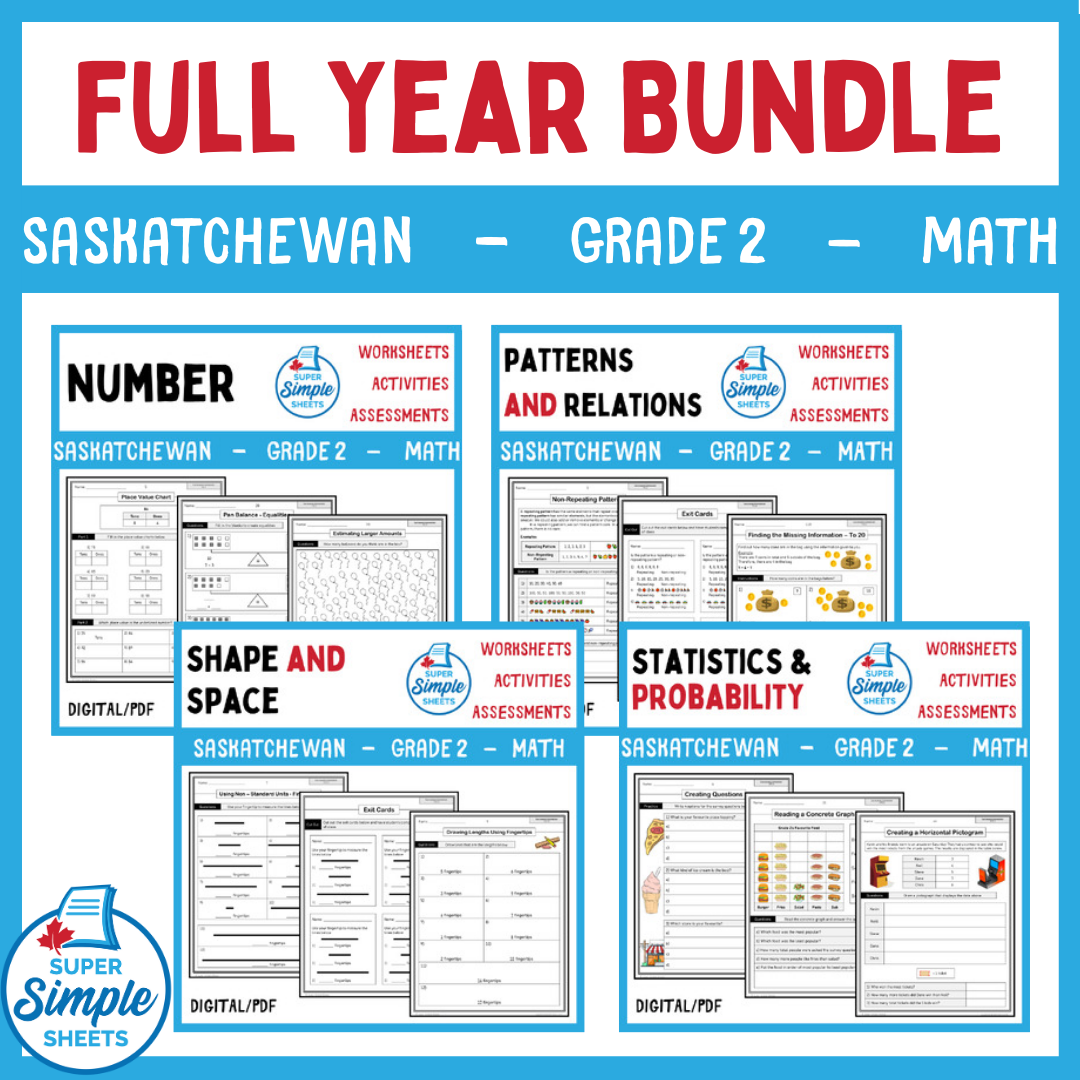
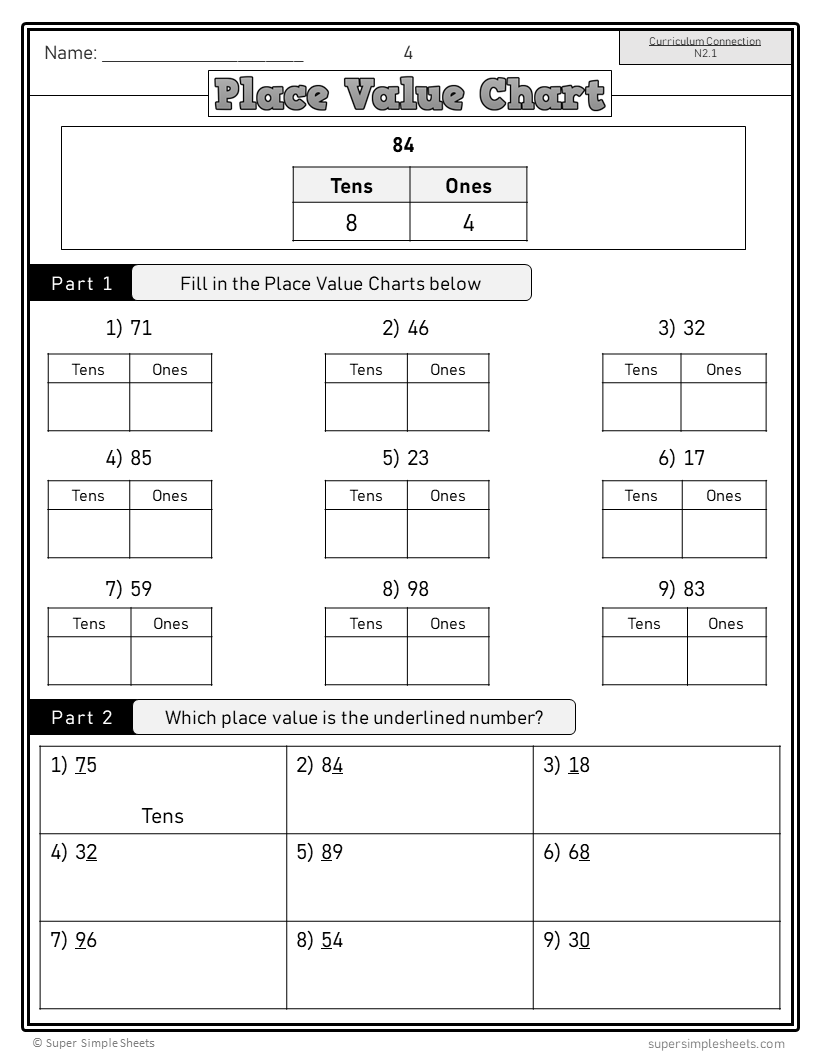
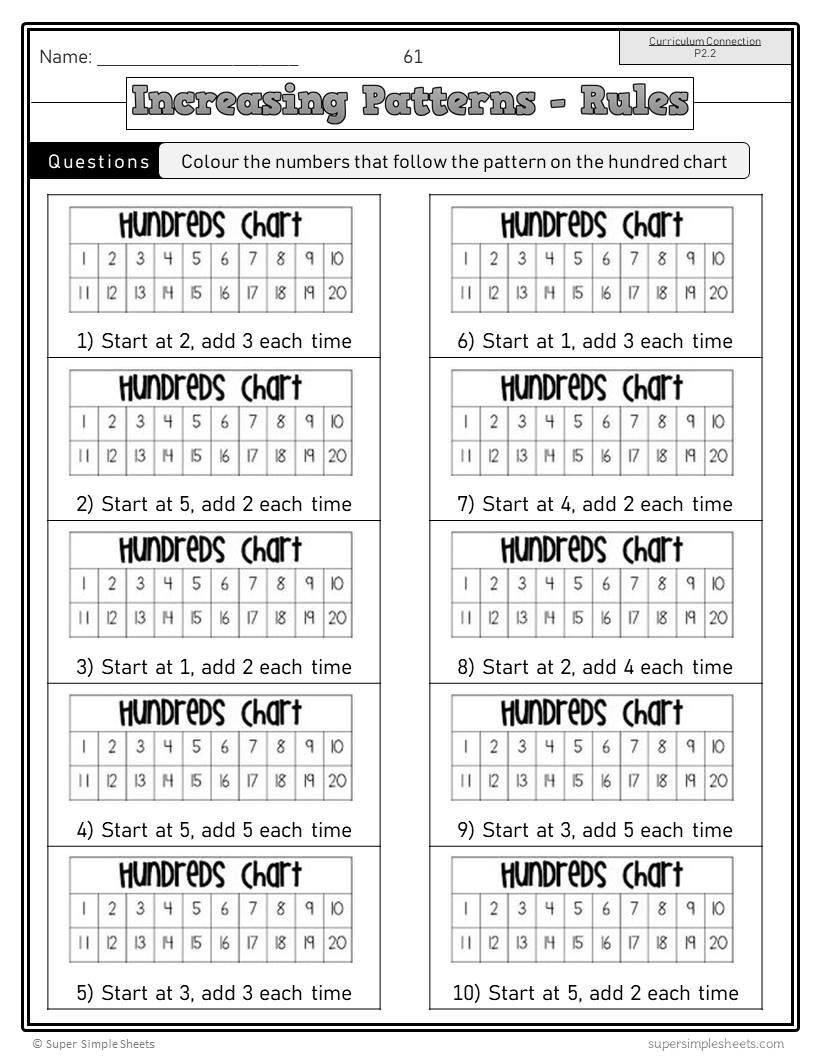
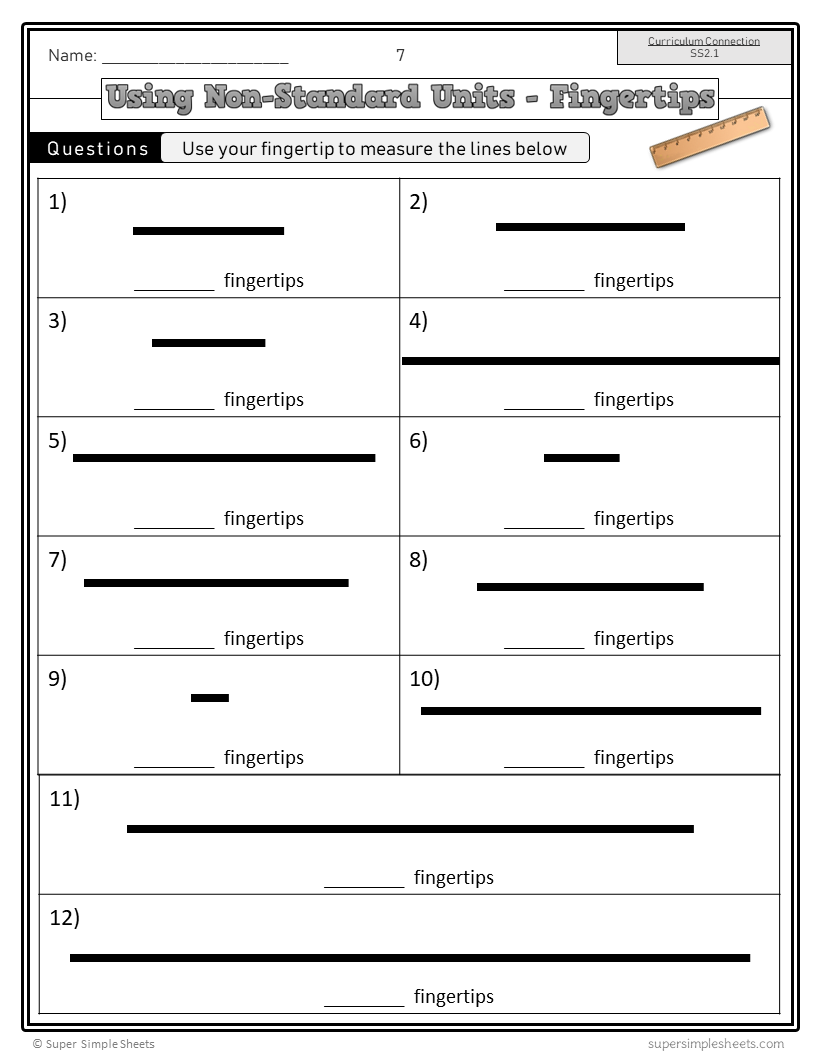
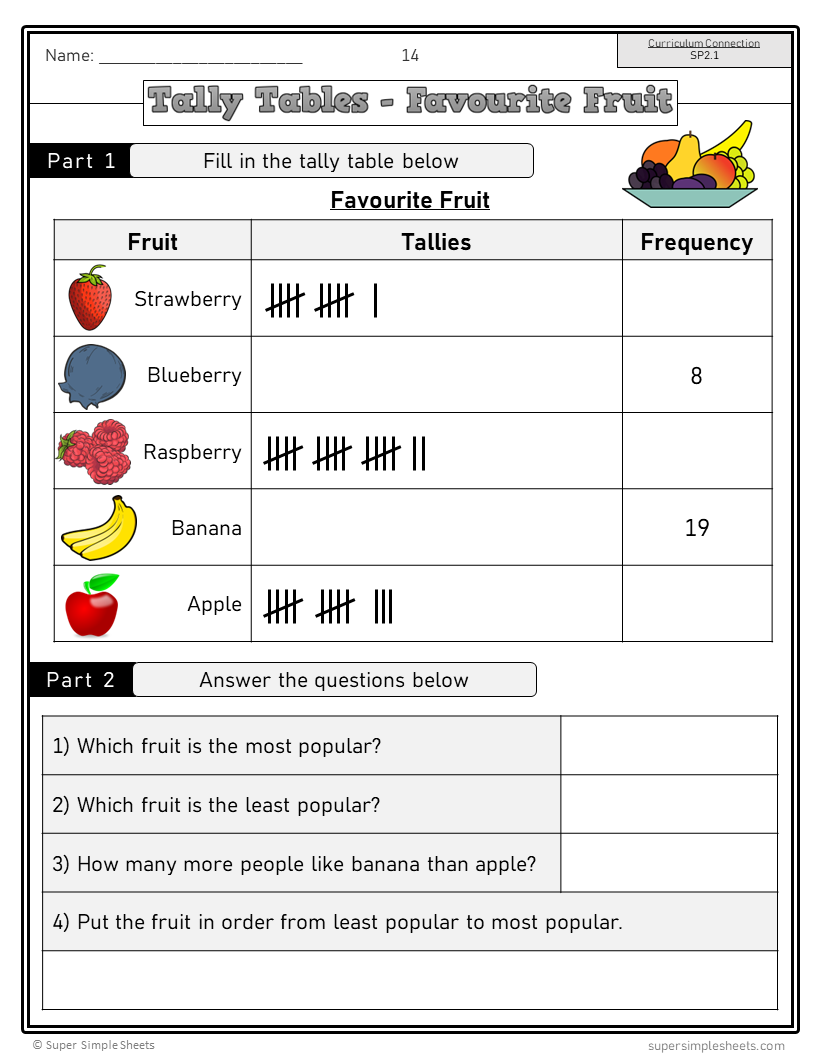
Satisfying!








